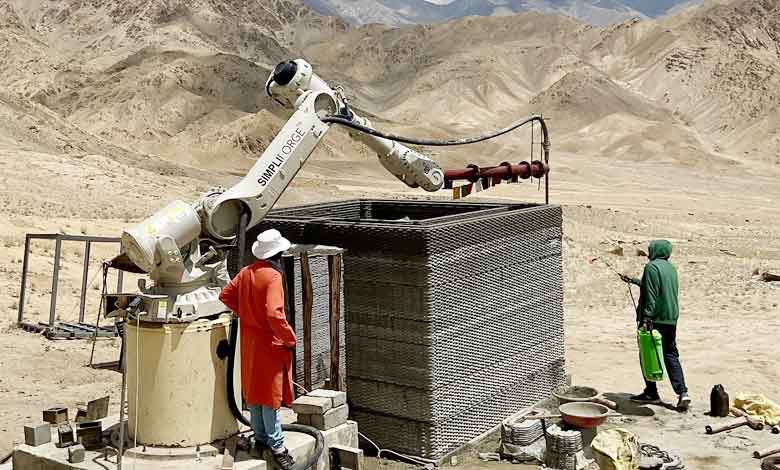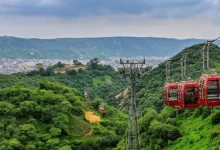IIT-Hyderabad Sets Record by Building World’s Highest 3D-Printed Military Bunker in Leh
The groundbreaking project, constructed at 11,000 feet, highlights India's growing capabilities in advanced military infrastructure.

Hyderabad: In a notable achievement, the Indian Institute of Technology Hyderabad (IIT-H), in collaboration with Simpliforge Creations and the Indian Army, has successfully constructed what is claimed to be the world’s highest on-site 3D-printed military bunker in Leh. Located at an altitude of 11,000 feet above sea level, the project was completed in just five days, with the actual printing process taking only 14 hours.
This initiative, named Project Prabal, represents India’s first-ever military infrastructure created using in-situ 3D printing technology under extreme High Altitude and Low Oxygen (HALO) conditions. The structure was built using locally sourced materials, showcasing the capabilities of indigenous technology and strong academia-industry cooperation.
Professor KVL Subramaniam of IIT-H, who led the project, emphasized the significance of developing specially engineered materials suitable for extreme environmental conditions. “Building at such high altitudes requires innovation not only in structure but also in material science due to the low oxygen, low humidity, and significant temperature variations. Together with Simpliforge Creations, we developed a specialized concrete mix, allowing for effective on-site 3D printing while ensuring high durability and structural resilience,” Prof. Subramaniam explained.
Before deployment in Leh, the materials underwent thorough testing at IIT-H labs to simulate extreme environmental conditions. Prof. Subramaniam added, “Rigorous tests enabled us to optimize the material formulation for real-world use.”
Simpliforge Creations CEO Dhruv Gandhi detailed the operational challenges, noting the low oxygen levels significantly impacted both human efficiency and machine performance. “Power systems generated lower outputs compared to their typical performance at lower altitudes, and factors like low humidity and high ultraviolet radiation posed risks to material integrity. Despite these hurdles, our team managed to set up and activate the robotic printing system within 24 hours,” Gandhi said.
According to IIT-H, the success of this pioneering project could revolutionize rapid infrastructure deployment in challenging terrains, substantially enhancing India’s defence capabilities.




